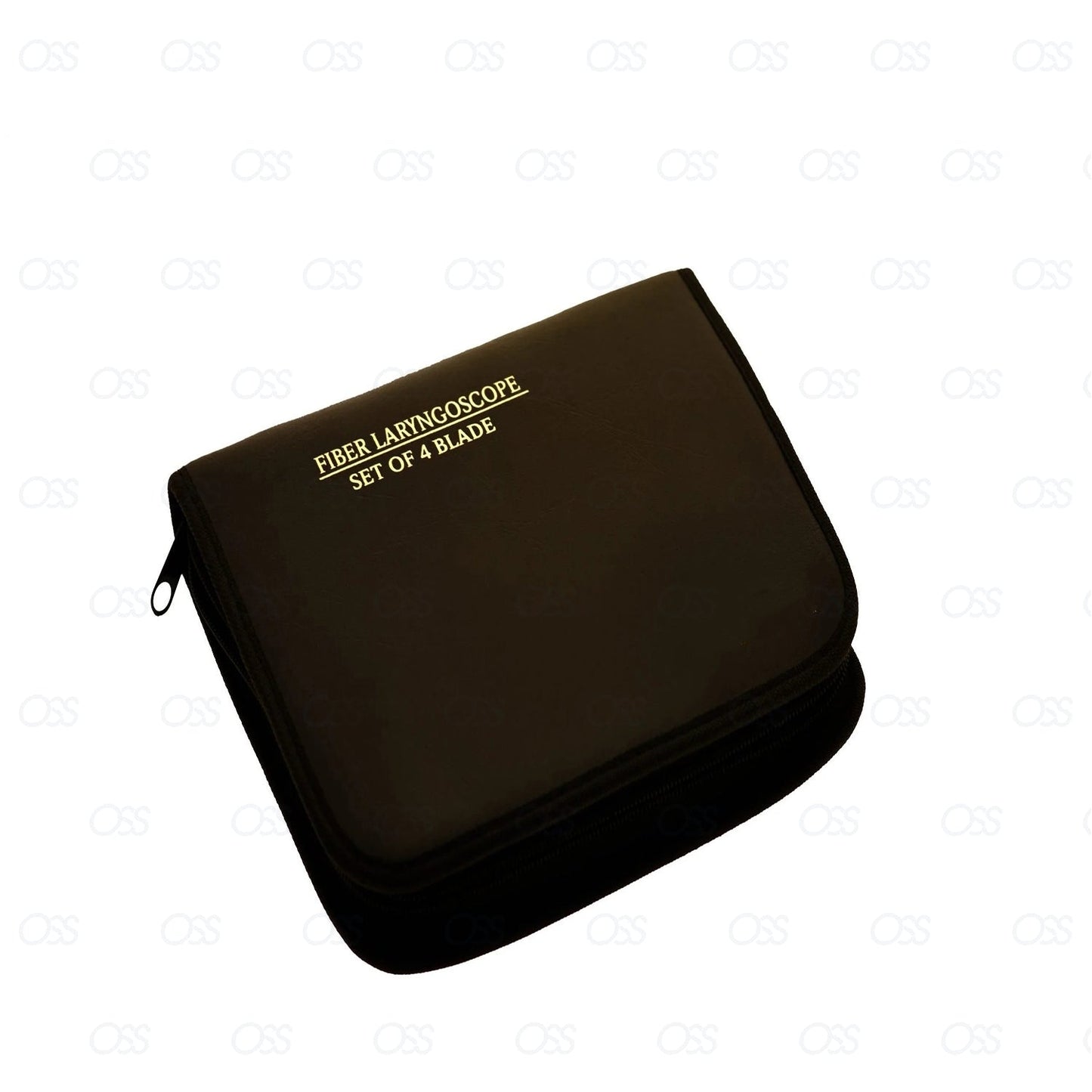Oral Surg Supply
Macintosh Laryngoscope with Fibre Optic Illumination Technology Surgical Instruments
Macintosh Laryngoscope with Fibre Optic Illumination Technology Surgical Instruments
Couldn't load pickup availability
The Macintosh laryngoscope with fibre optic illumination technology is a commonly used surgical instrument designed for intubation procedures. It helps healthcare professionals visualize the larynx and airway during the insertion of a breathing tube, particularly in situations where a patient needs assistance with their breathing or anesthesia. Here's an overview of its features and significance:
Key Features:
-
Macintosh Blade:
-
The Macintosh blade is typically curved, which allows for better leverage and easier maneuvering when lifting the tongue and epiglottis. This provides a clear view of the vocal cords and facilitates the insertion of the endotracheal tube.
-
-
Fibre Optic Illumination:
-
The use of fibre optic illumination in the blade allows for enhanced visibility of the airway structures, even in low-light conditions or challenging anatomical cases. This illumination is integrated into the blade and helps to illuminate the larynx directly, improving the likelihood of a successful intubation on the first attempt.
-
-
Blade Material:
-
Typically made from stainless steel or durable composite materials, the blade is designed to withstand frequent sterilization procedures.
-
-
Compatibility:
-
These laryngoscopes are usually compatible with multiple handle options (either disposable or reusable), and some models may have integrated batteries or external light sources to power the fibre optic system.
-
-
Ergonomic Design:
-
The handle is ergonomically designed for ease of use, especially during lengthy procedures or in high-pressure situations like emergency airway management.
-
Applications:
-
Anesthesia: Used primarily in general anesthesia to secure the airway by inserting an endotracheal tube.
-
Emergency Medicine: Essential in emergency airway management, such as in trauma cases or patients with obstructed airways.
-
ICU and Critical Care: In intensive care units for managing patients on mechanical ventilation who may require intubation.
Share








